
Understanding your digital marketing return on investment (ROI) is crucial for assessing how effective your marketing efforts are in generating revenue. In this article, we will explore essential strategies, key metrics, and tools to help you maximize your digital marketing ROI.
Key Takeaways
- Digital marketing ROI measures the profitability of marketing investments and helps refine strategies for better outcomes.
- Regularly measuring ROI is essential for identifying effective marketing channels and optimizing budget allocations for enhanced business results.
- Key metrics like Customer Lifetime Value, Cost per Acquisition, and Click-through Rate are crucial for effectively assessing digital marketing ROI.

Understanding Digital Marketing ROI
Digital marketing ROI is a critical metric that indicates the profit generated from each dollar spent on your marketing efforts. Essentially, it measures the effectiveness of your digital marketing campaigns in driving revenue growth. Achieving a good digital marketing ROI means that your marketing investments are not only covering their costs but also contributing positively to your bottom line. Additionally, understanding the roi in digital marketing can help refine strategies for better outcomes.
A positive ROI signifies that the revenue generated from your marketing efforts exceeds the costs incurred, while a negative ROI indicates the opposite. For instance, a marketing campaign with a best roi ratio of 5:1 is generally considered successful, meaning for every dollar spent, you earn five dollars back. Setting a target ROI at the beginning of your campaign helps in evaluating its success and making informed decisions about budget reallocations.
Calculating return on investment roi involves a straightforward formula: subtracting the marketing costs from how much revenue is generated, and then dividing by the marketing costs, finally multiplying by 100 to get a percentage. For example, if you invest $2 in a campaign that generates $10 in revenue, your net return is $8, resulting in an impressive calculate roi of 400%.
Understanding digital marketing return on investment is the first step towards optimizing your marketing strategies. Setting clear ROI goals and regularly measuring performance ensures that your digital marketing efforts contribute to your business’s overall success.
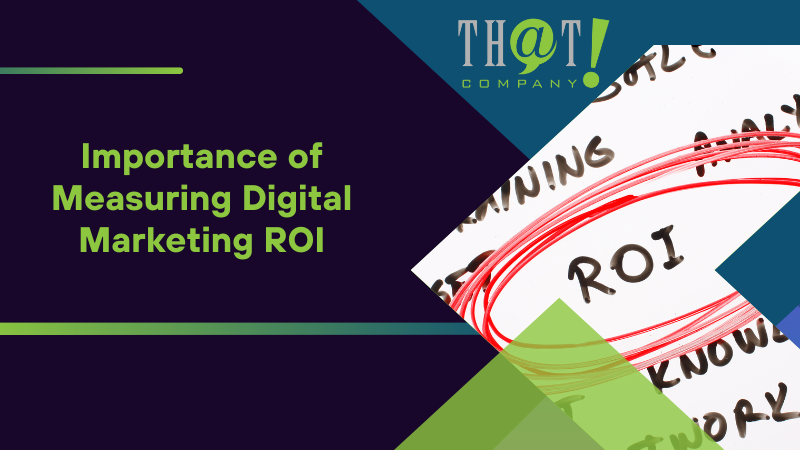
Importance of Measuring Digital Marketing ROI
Measuring digital marketing ROI is not just a good practice; it’s a necessity. It helps marketers identify which strategies and channels yield the best results, enabling them to focus their efforts and resources on the most effective tactics. Without regular ROI measurement, you risk investing in marketing activities that do not contribute significantly to your business goals.
Understanding ROI allows businesses to pinpoint the most effective digital marketing channels and strategies tailored to their specific needs. Regularly reviewing ROI can reveal important trends and insights, guiding adjustments to marketing tactics and budget allocations for better results. This ongoing analysis ensures that your marketing spend is optimized, minimizing waste and maximizing impact.
Investing time in tracking and analyzing digital marketing ROI leads to improved decision-making for future campaigns. Aligning your marketing efforts with business objectives ensures that your strategies support your overall goals, fostering digital marketing success. In short, measuring ROI is an indispensable part of any effective digital marketing strategy. Partnering with a white label PPC company can help optimize your ROI by managing campaigns efficiently and effectively, ensuring maximum return on investment.
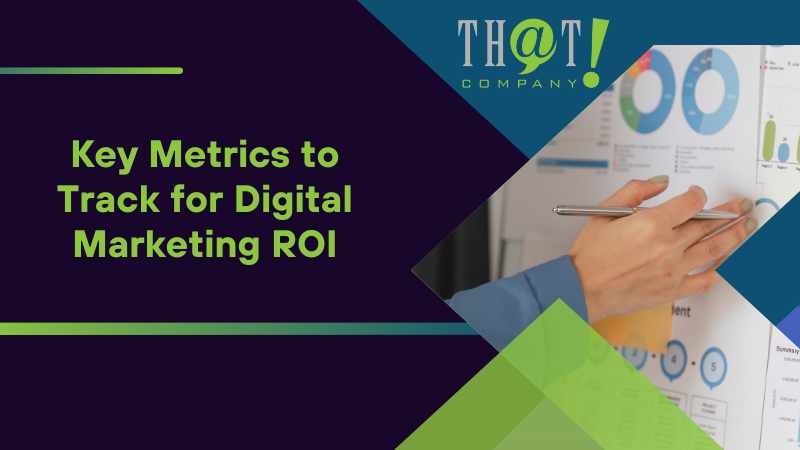
Key Metrics to Track for Digital Marketing ROI
Understanding which metrics to track is crucial for measuring digital marketing ROI effectively. One of the most significant metrics is Customer Lifetime Value (CLV), which estimates the total revenue a customer generates over their entire customer relationship management with your business. By focusing on CLV, you can optimize marketing expenditure towards retaining the most valuable customers.
Another essential metric is Cost per Acquisition (CPA), which measures the cost to convert a prospect into a paying customer. To calculate CPA, divide the total marketing costs by the number of sales earned. This metric helps assess the efficiency of your marketing efforts in generating sales and understanding customer acquisition cost.
Click-through Rate (CTR) is also a vital metric, as it correlates with higher ROI, indicating effective engagement strategies. Tracking conversion rates across different channels provides insights into where your campaigns are performing well and where they need improvement.
Lastly, Cost per Lead (CPL) is calculated by dividing total ad spend by the number of leads generated, helping you understand the cost-effectiveness of your efforts to generate leads.
Focusing on these key engagement metrics and other key performance indicators provides a comprehensive understanding of your digital marketing performance, enabling data-driven decisions to enhance ROI.
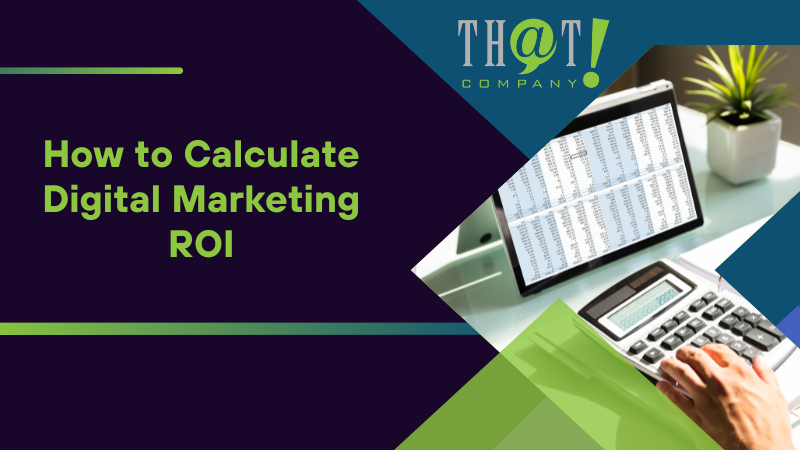
How to Calculate Digital Marketing ROI
Calculating digital marketing ROI is a straightforward process that involves dividing net profit by total digital marketing costs, then multiplying by 100 to get a percentage. The formula is: (Revenue driven by marketing – Marketing costs) / Marketing costs * 100. This calculation helps measure marketing roi and measuring marketing roi determines the profitability of your marketing investments through marketing roi calculation.
Accurate estimation of both total marketing costs and net profit is essential for an effective ROI calculation. For instance, if a $2 investment leads to $10 in total revenue, the net return is $8, resulting in an ROI of 400%. This simple example illustrates the potential impact of a well-executed marketing strategy.
Using tools like Google Analytics can help track significant actions contributing to digital marketing return on investment, providing a clearer picture of your marketing effectiveness. Regularly calculating and analyzing your ROI ensures that your marketing strategies are aligned with your business goals and are financially viable. Working with a white label digital marketing provider can further streamline this process, offering expertise in optimizing your strategies for better ROI.

Examples of Calculating Digital Marketing ROI
Real-world examples of calculating digital marketing ROI can provide valuable insights into successful strategies. For instance, Airbnb’s influencer marketing strategy earned an average of $5.20 for every dollar spent, showcasing effective ROI. This success highlights the importance of influencer partnerships in driving revenue growth.
Microsoft’s ‘Stories’ campaign increased brand awareness by 15% and customer engagement by 30%, demonstrating the power of content marketing strategy in achieving significant ROI. Similarly, Nike’s strategic campaign featuring Colin Kaepernick resulted in a staggering ROI of $6 billion, proving the effectiveness of bold, socially aligned marketing strategies to increase brand awareness.
Another notable example is Dove’s ‘Real Beauty’ campaign, which yielded a return of $1.81 for every dollar spent, surpassing typical industry returns and highlighting the campaign’s success. Old Spice’s innovative marketing efforts led to a 125% increase in sales, exemplifying the impact of creative and engaging campaigns.
These examples illustrate how diverse strategies can lead to substantial returns on marketing investments.

Best Digital Marketing Channels for High ROI
Selecting the right digital marketing channels is crucial for achieving high ROI. Email marketing, for instance, can yield a return of $36 to $40 for every dollar invested, making it one of the most profitable and effective channels. SEO campaigns also offer substantial returns, with an average ROI of 748%, translating to $7.48 for every dollar spent.
Google Ads is another highly effective marketing platform, boasting an average ROI of 200% across industries. Social media channels like Instagram and LinkedIn can significantly enhance B2B lead generation and social media marketing generate sales, with a 10-15% increase in sales team.
Podcast marketing and video marketing are also projected to provide excellent ROI, with returns of approximately $4.90 and strong endorsements from 90% of marketers, respectively. Leveraging these effective digital marketing channels allows businesses to maximize ROI and achieve significant revenue growth.

Tools for Measuring Digital Marketing ROI
Using the right tools is essential for accurately measuring digital marketing ROI. Google Analytics 4, for instance, allows users to set monetary values on conversion goals, providing valuable insights into sales performance and marketing effectiveness. Ruler Analytics tracks customer interactions and links revenue to specific marketing channels, adding clarity to ROI measurements.
Cyfe offers customizable dashboards that integrate various platforms, allowing for a visually comprehensive view of ROI across marketing campaigns. Other tools like Kissmetrics and Planful further enhance the ability to measure ROI effectively by providing detailed performance metrics and consolidated tracking.
Selecting the right technology can significantly improve your ROI analysis and optimize future marketing campaigns.
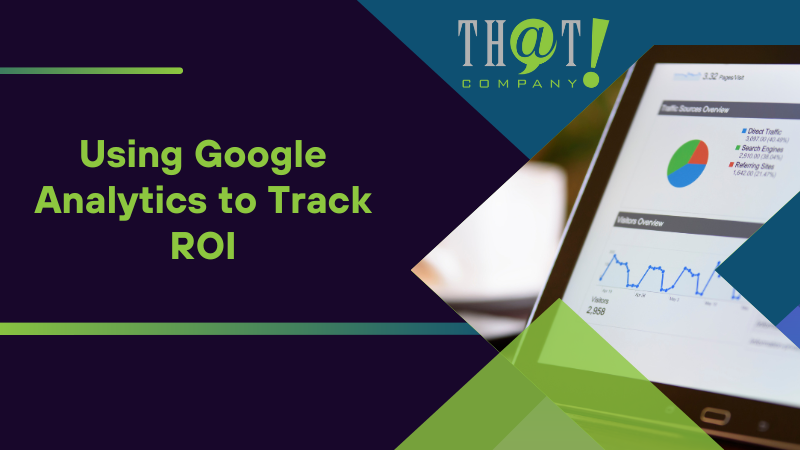
Using Google Analytics to Track ROI
Google Analytics is a powerful tool for tracking digital marketing ROI. In Google Analytics 4, Goals have been replaced with events, and businesses need to create custom events to accurately track conversions. Key events represent the most meaningful actions users take on a website, making them essential for measuring ROI.
Using a data-driven attribution model can provide a clearer understanding of the entire customer journey, improving ROI tracking. Adding UTM parameters to links helps track the source and campaign of leads into Google Analytics, facilitating detailed tracking of traffic from specific marketing initiatives.
Despite some challenges, such as the 30-day attribution window, Google Analytics remains a vital tool for effective ROI measurement.

Improving Digital Marketing ROI
Improving digital marketing ROI requires a strategic approach. Leveraging data-driven decisions allows businesses to make informed choices based on performance insights and trends. Improving marketing ROI goals can guide the development and tracking of digital marketing strategies effectively.
Utilizing marketing automation tools helps streamline processes, saving time and money, ultimately improving efficiency and ROI. Regular analysis of marketing efforts is vital, as it can lead to improved conversion rates and optimized campaigns.
Continuously refining your business strategy and leveraging the right tools can lead to a higher ROI and significant profit and revenue growth.

Common Challenges in Measuring Digital Marketing ROI
Measuring digital marketing return on investment comes with its own set of challenges. Different attribution models can significantly affect how ROI is perceived, complicating the process. Accurately attributing costs across various marketing initiatives is also complex, as most conversions result from multiple interactions with a brand.
A strict focus on roi metrics can deter marketers measure from taking innovative risks that could lead to breakthroughs. There is also a risk of manipulating metrics to present misleading ROI figures, which can result in poor decision-making.
Agencies can help prevent these pitfalls by utilizing advanced analytics and attribution models. Understanding and addressing these challenges is crucial for accurate ROI measurement.

Why Agencies Partner with That! Company for White Label PPC Services
Agencies often turn to white label PPC services when they lack the time or expertise to effectively manage PPC campaigns on their own. Partnering with a white label PPC agency like That! Company allows access to specialized expertise that keeps up with the latest trends and best practices in the field. This partnership can lead to significant time and resource savings, enabling agencies to focus on their core business activities.
Outsourcing PPC management to a white label partner is generally more cost-effective than maintaining an in-house PPC team. White label PPC services offer flexibility and scalability, allowing agencies to adjust their service offerings based on client demands. Detailed analytics and reporting provided by white label PPC agencies help agencies demonstrate campaign effectiveness and maintain client trust.

Case Study: Enhancing ROI with That! Company’s Services
A client initially struggled with low brand visibility and a lack of paid advertising strategy, prompting them to seek help from That! Company. Partnering with That! Company resulted in substantial improvements, including increased leads and bookings for the client. The expert strategies implemented by That! Company resulted in a staggering 4,381% return on investment for PPC campaigns.
This partnership significantly enhanced the client’s marketing effectiveness, demonstrating the value of expert guidance and strategic planning. Leveraging That! Company’s services helped the client achieve a good digital marketing ROI, underscoring the importance of professional support in marketing success.

Summary
In summary, understanding and maximizing digital marketing return on investment is crucial for any business aiming for success in today’s competitive landscape. By measuring key metrics, leveraging effective marketing channels, and using advanced tools like Google Analytics, you can ensure that your marketing efforts yield substantial returns. Real-world examples and case studies demonstrate the potential impact of well-executed strategies.
Incorporating the insights and strategies discussed in this guide will help you achieve better ROI and drive significant revenue growth. Remember, continuous analysis and refinement of your marketing efforts are key to sustained success. Start applying these strategies today and watch your digital marketing ROI soar. A white label partnership can further enhance your results by providing expert management and support, ensuring that your campaigns are optimized for maximum profitability.

Frequently Asked Questions
What is digital marketing ROI?
Digital marketing ROI measures the profit generated for every dollar invested in marketing activities, serving as a critical gauge of overall effectiveness and financial performance.
Why is measuring digital marketing ROI important?
Measuring digital marketing return on investment is essential as it allows you to identify effective strategies and allocate resources efficiently, leading to improved decision-making for future campaigns. This targeted approach ultimately enhances overall marketing performance.
What are some key metrics to track for digital marketing ROI?
To effectively measure digital marketing ROI, focus on key metrics such as Customer Lifetime Value (CLV), Cost per Acquisition (CPA), Click-through Rate (CTR), and conversion rates. These metrics provide valuable insights into your campaign’s performance and profitability.
How can Google Analytics be used to track ROI?
Google Analytics can effectively track ROI by enabling businesses to create custom events for conversion tracking, utilize data-driven attribution models, and monitor UTM parameters for in-depth traffic analysis. This detailed insight allows for informed decision-making and improved marketing effectiveness.
Why do agencies partner with That! Company for white label PPC services?
Agencies choose to partner with That! Company for their white label PPC management due to their specialized expertise and the flexibility and scalability they offer, which ensures cost-effectiveness and comprehensive analytics. This partnership enhances service delivery and client satisfaction.










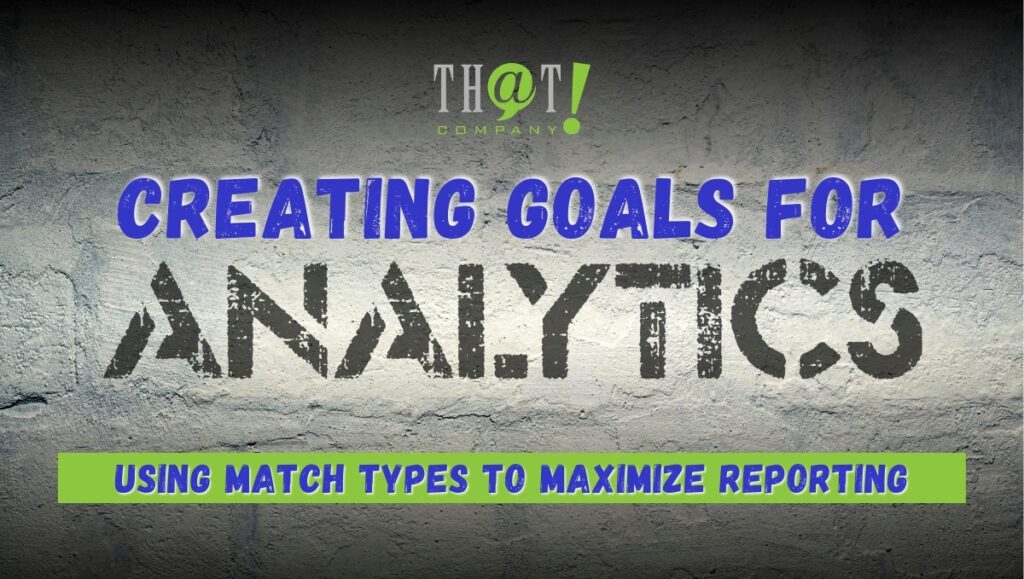

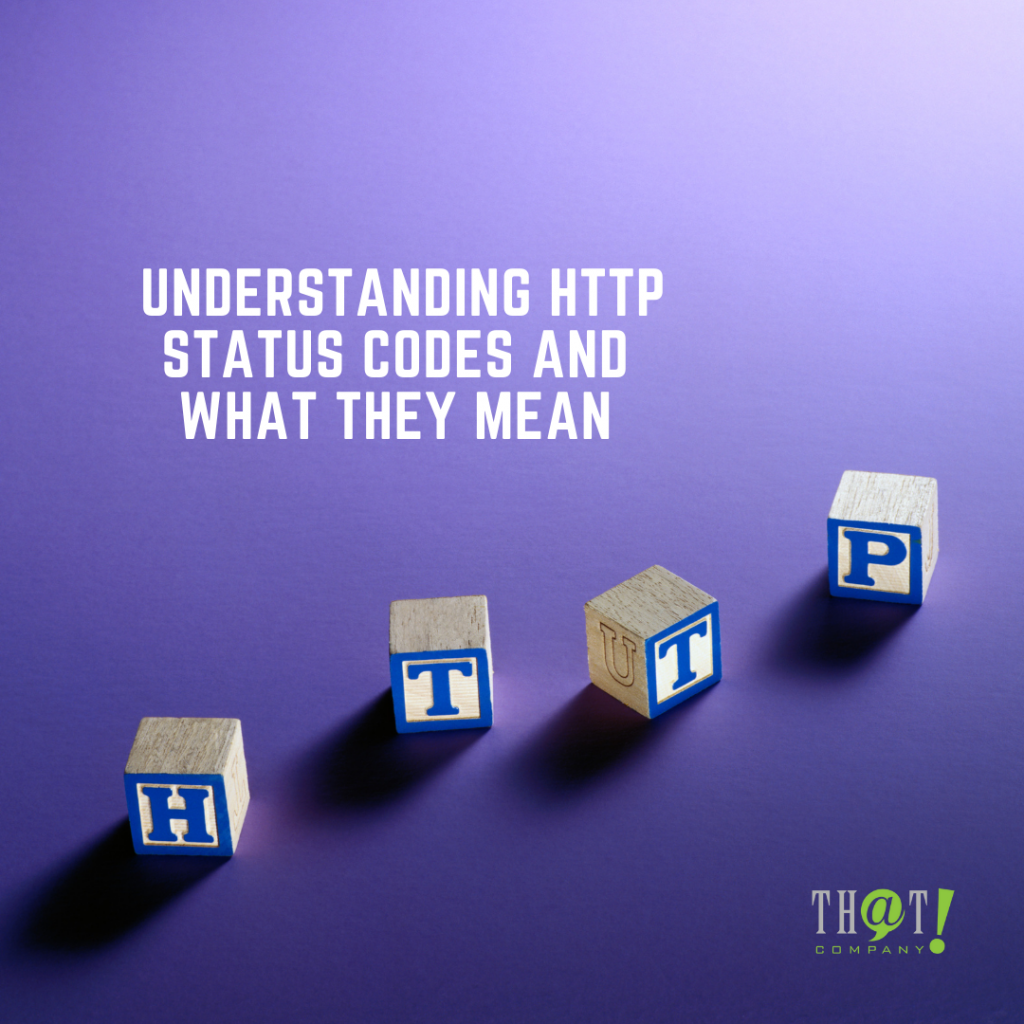







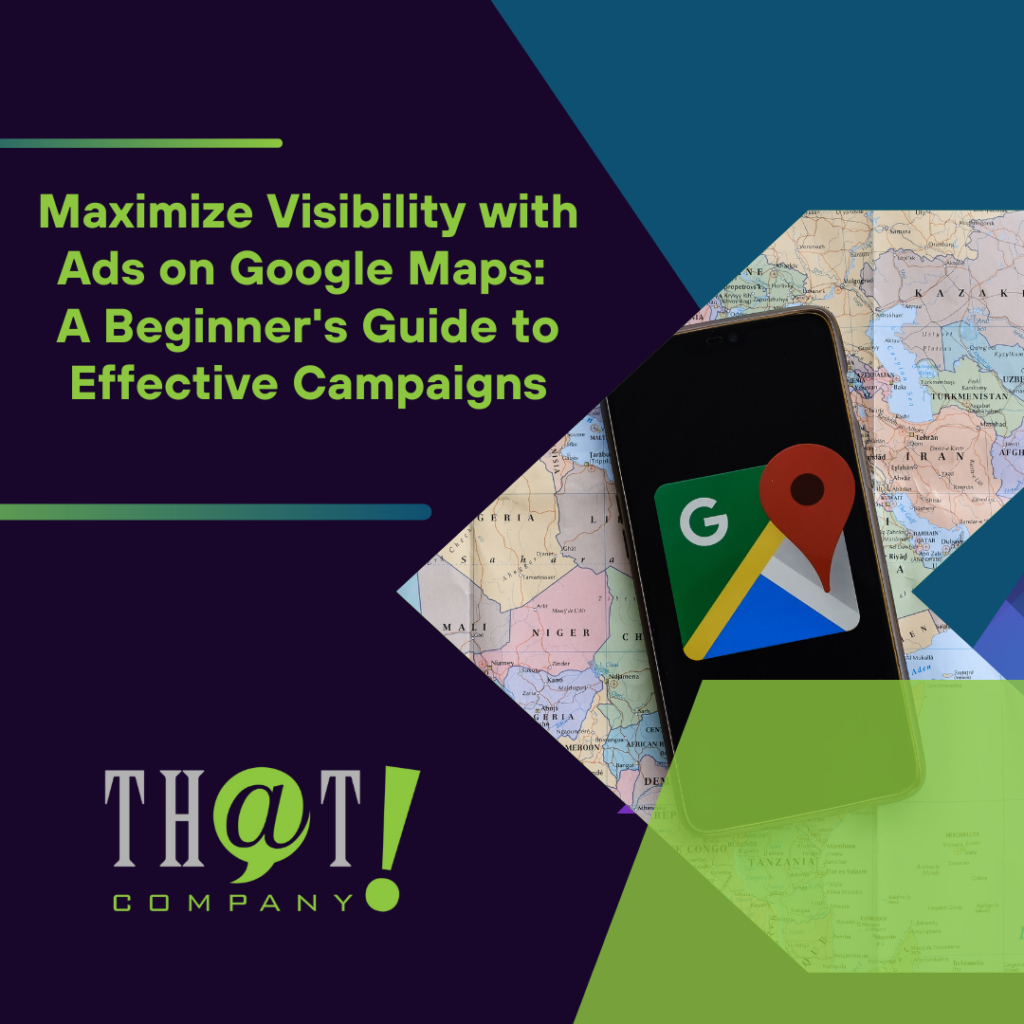
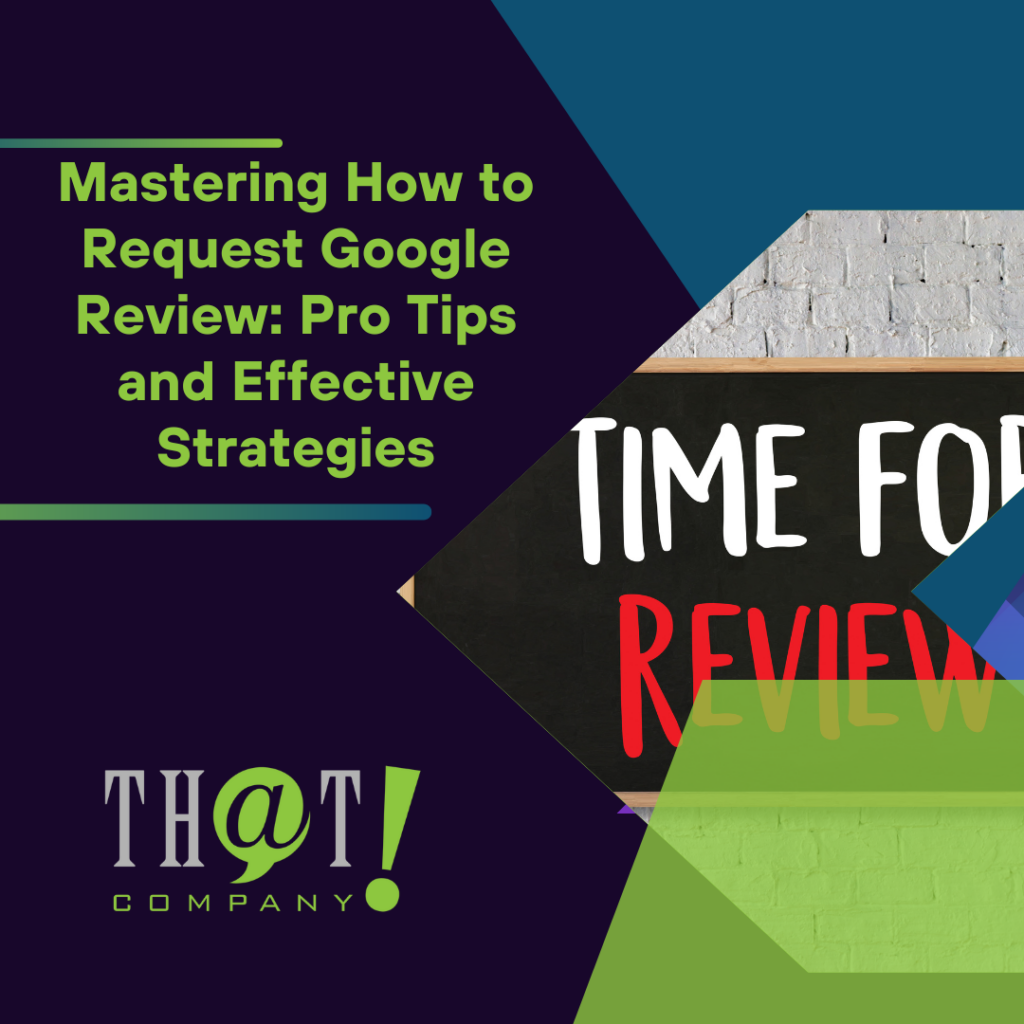

 Talk With Us
Talk With Us  Give Some Love
Give Some Love 


